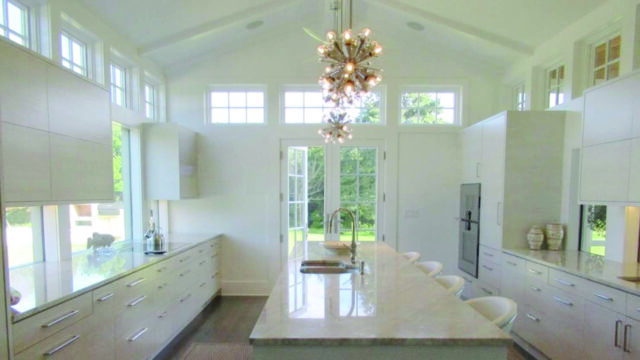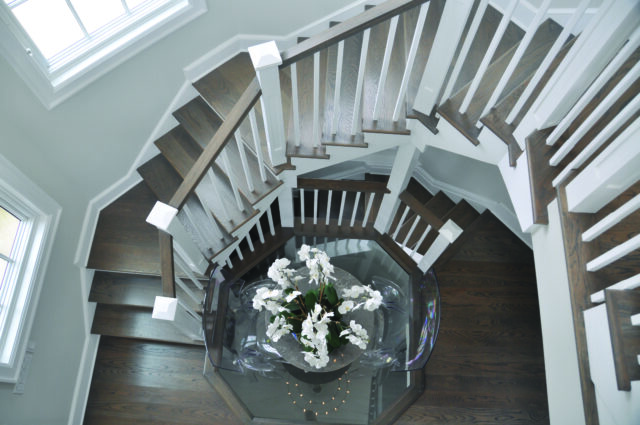
By Evan Mason
Interior design typically focuses on architectural style, beauty, textures and color. But how can aesthetic goals further connect with creating healthier, more holistic and comfortable interior environments?
People, like buildings, are designed to fit together with parts supporting one another—when one part is compromised, it weakens others. We worry about the food we put in our bodies, but the design process may overlook our homes’ air and water quality and carbon footprint. Like our bodies, buildings should have regular checkups. Design and construction projects provide the perfect opportunity to address sustainable improvements.
Here are a few steps you can take to make sure your renovation is beautiful, comfortable and sustainable:
1. Think long term and prioritize the work that you want to have done. Don’t rush to decorate or design first without considering the health of your home. Doing so can waste time and money when you later recognize you have to remove walls to correct a moisture or air-infiltration issue, or have to replace aging heating systems.
2. Identify the soft spots. It is easier to identify your homes’ weaknesses during extreme weather events. Gaps in the exterior facade can cause infiltration of cold air, even when the heat is on full blast.
3. Think sustainable beauty. Consider upgrading heating, cooling and ventilation systems before you paint and decorate. It ultimately pays to install the most energy-efficient systems—like heat pumps that provide both heating and cooling—before investing in that beautiful specialty painting finish. One homeowner recently gained three closets by replacing three vertical air handlers with horizontal energy-efficient ones that we tucked into a ceiling space above—so we were able to create a 400-bottle wine closet, two cedar and one china closet.

4. Think lighting. Go the extra mile for LED bulbs and fixtures. Great progress has been made in LED technology; LEDs save energy, reduce electrical bills and our carbon footprint. Lights and fans on motion or daylight sensors turn on and off automatically, saving energy and the aggravation of remembering to flick a switch when leaving a room.
5. Think of changing needs. Prepare now for tomorrow. Children? Grandchildren? Working from home? A beautiful space can also be a functional space that accommodates long- and short-term needs, such as the home office capabilities created by designing a drop-down desk front in a hallway. There are endless options to make the home work for you.
6 Think upcycle. If you don’t want pieces of furniture, cabinets, faucets, doors or hardware, consider donating. This sustainable practice ensures materials don’t go into landfills, while reducing dumpster and demolition costs—not to mention earning you a tax deduction.
For more interior design and sustainability inspirations, contact Evan Mason at evan@evanmasondesigns.com





